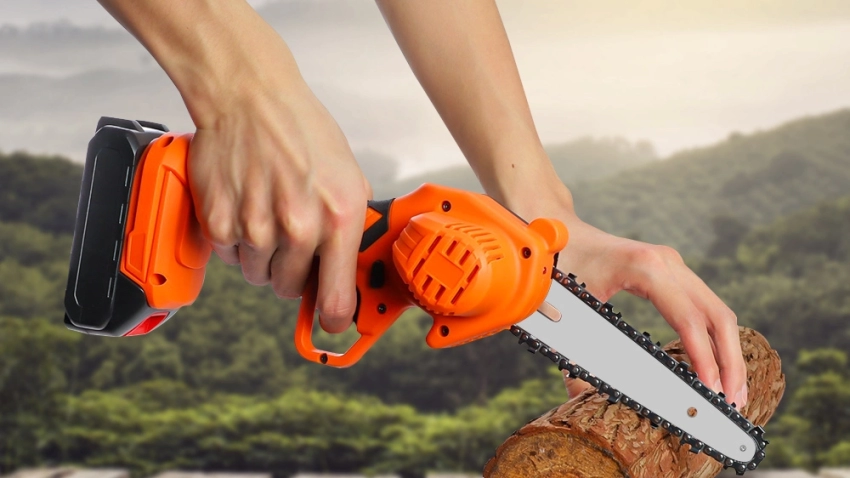
A Guide to Small Electric Saws: Choosing the Right Tool for the Job
Small electric saws are indispensable tools for a variety of tasks, from cutting wood and metal to trimming branches and shaping materials. However, with so many different types and brands available, choosing the right saw can be overwhelming. This comprehensive guide will help you understand the various types of small electric saws, their key features, and how to select the best one for your specific needs.
Types of Small Electric Saws
-
Circular Saws:
- Key features: Circular blades that rotate at high speeds, ideal for cutting straight lines in wood and other materials.
- Best for: Cutting large sheets of wood, plywood, and other materials.
- Considerations: Safety is paramount. Always use a guide rail or clamp to ensure straight cuts and protect your hands.
-
Reciprocating Saws:
- Key features: Blades that move back and forth in a reciprocating motion, suitable for cutting curves and irregular shapes.
- Best for: Pruning branches, cutting metal pipes, and demolition work.
- Considerations: Blades can be dull quickly, so replace them regularly for optimal performance.
-
Jigsaw Saws:
- Key features: Blades that move up and down in a vertical motion, allowing for intricate cuts and curves.
- Best for: Cutting curved shapes in wood, plastic, and metal.
- Considerations: Choose blades with the appropriate tooth configuration for the material you’re cutting.
-
Saber Saws:
- Key features: Blades that move back and forth in a horizontal motion, similar to a reciprocating saw but with a longer stroke.
- Best for: Cutting large pieces of wood, metal, and plastic.
- Considerations: Safety is essential. Always use a guide rail or clamp to prevent kickback.
-
Angle Grinders:
- Key features: Rotating abrasive wheels that can be used for cutting, grinding, and polishing.
- Best for: Cutting metal, stone, and concrete.
- Considerations: Wear appropriate safety gear, including eye protection and a face mask.
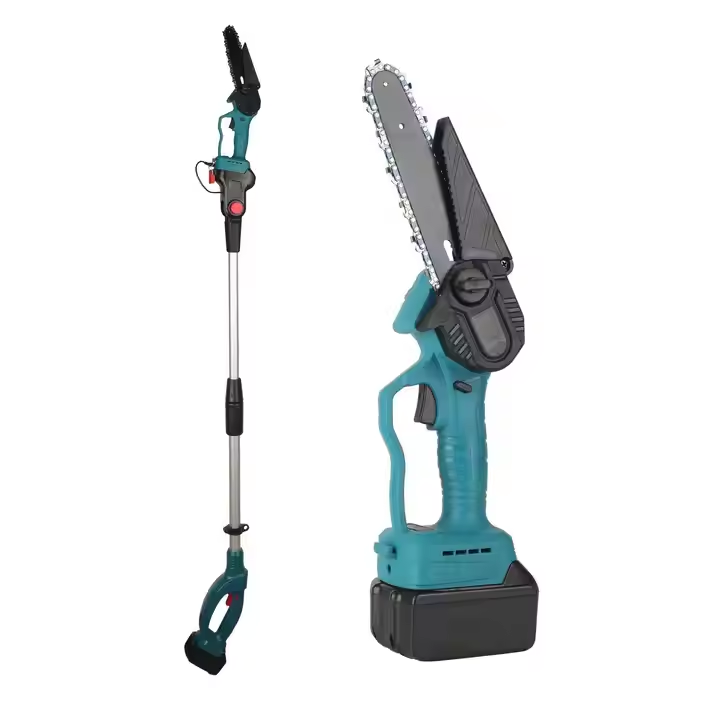
Key Features to Consider
- Power: The power rating (measured in amps) determines the saw’s cutting capacity. Higher power ratings are generally better for cutting thicker materials.
- Blade size: The size of the blade determines the maximum cutting depth. Larger blades are better for cutting thicker materials.
- Cordless or corded: Cordless saws offer portability but may have limited battery life. Corded saws provide continuous power but can be less convenient.
- Variable speed: Variable speed settings allow you to adjust the saw’s speed for different materials and cutting tasks.
- Ergonomics: A comfortable grip and well-balanced design can reduce fatigue during prolonged use.

Choosing the Right Saw for Your Needs
- Identify your primary use: Determine what types of materials you’ll be cutting and the specific tasks you’ll be performing.
- Consider your workspace: Think about the size of your workspace and whether you need a cordless saw for portability.
- Set a budget: Determine how much you’re willing to spend on a small electric saw.
- Read reviews: Research different brands and models to find saws that meet your requirements and have positive reviews.
Additional features like laser guide or dust collection
While the core features of small electric saws are essential for their functionality, there are several additional features that can enhance their performance, safety, and convenience. These features can vary depending on the specific type of saw and the manufacturer.
Laser Guides
- Purpose: Laser guides project a visible line onto the workpiece, indicating the intended cutting path.
- Benefits:
- Improved accuracy: Ensures straight and precise cuts.
- Enhanced safety: Reduces the risk of accidental cuts or injuries.
- Increased efficiency: Speeds up the cutting process.
Dust Collection
- Purpose: Collects sawdust and other debris generated during cutting operations.
- Benefits:
- Improved air quality: Reduces the inhalation of harmful dust particles.
- Cleaner workspace: Keeps the work area tidy and organized.
- Longer tool life: Prevents dust from clogging the saw’s internal components.
Other Notable Features
- LED lights: Illuminate the workpiece for better visibility in low-light conditions.
- Variable speed control: Allows for precise adjustments based on the material and cutting task.
- Lock-on switch: Provides continuous operation without having to hold the trigger.
- Cordless technology: Offers greater portability and flexibility.
- Battery indicator: Displays the remaining battery life.
- Ergonomic design: Reduces fatigue and improves comfort during extended use.
Choosing the Right Features
The decision of whether to choose a saw with additional features depends on your specific needs and budget. Consider the following factors when making your selection:
- Frequency of use: If you plan to use the saw frequently, features like dust collection and LED lights can be valuable.
- Material to be cut: For delicate or fine materials, a laser guide can help ensure precise cuts.
- Workspace environment: If you work in a confined space or have respiratory sensitivities, dust collection is a must.
- Budget: Additional features can increase the cost of the saw. Determine how much you’re willing to spend.
By carefully considering these factors, you can select a small electric saw that is not only functional but also equipped with the features that best suit your needs and preferences.
Safety Tips
- Wear appropriate safety gear: Always wear safety glasses, hearing protection, and gloves when using a small electric saw.
- Use a stable work surface: Ensure that your workpiece is securely clamped or supported.
- Avoid kickback: Follow the manufacturer’s instructions for preventing kickback, especially when using circular saws and reciprocating saws.
- Disconnect the power: Unplug the saw before changing blades or performing maintenance.
- Keep the saw clean: Regularly clean the saw to prevent dust and debris from accumulating.

Ensuring the workpiece is secure
A secure workpiece is essential for safe and efficient operations with any power tool, especially those used for cutting or shaping materials. When a workpiece is not properly secured, it can:
- Move unexpectedly: This can lead to accidents, injuries, and damage to the workpiece or the tool.
- Cause kickback: Some tools, like circular saws, are prone to kickback when the blade encounters a sudden change in direction or material. A loose workpiece can increase the risk of kickback.
- Produce inaccurate results: A moving workpiece can make it difficult to achieve precise cuts or shapes.
How to Secure a Workpiece
The best method for securing a workpiece depends on the specific tool and material being used. Here are some common methods:
- Clamps: Clamps are versatile tools that can be used to hold workpieces securely in place. They come in various sizes and styles, including bench clamps, C-clamps, and spring clamps.
- Workholding fixtures: For repetitive tasks, specialized workholding fixtures can be used to hold workpieces consistently and securely. These fixtures are often used in industrial settings.
- Vises: Vises are commonly used in woodworking and metalworking. They can be mounted to a workbench or other surface and used to hold workpieces firmly in place.
- Vacuum tables: For larger or irregularly shaped workpieces, vacuum tables can be used to hold them securely in place using suction.
- Jigs and guides: Jigs and guides can be used to help position and align workpieces for specific cutting or shaping operations.
Tips for Secure Workpiece Handling
- Choose the right clamping method: Consider the size, shape, and material of the workpiece when selecting a clamping method.
- Use multiple clamps: For larger or heavier workpieces, it may be necessary to use multiple clamps to ensure that the workpiece is securely held in place.
- Check for stability: Before starting work, check to make sure that the clamps or other workholding devices are stable and will not slip or loosen during use.
- Avoid excessive force: Do not apply excessive force when clamping the workpiece, as this can damage the material or the tool.
- Inspect the workpiece regularly: During work, periodically check to make sure that the workpiece remains securely clamped and that there are no signs of wear or damage to the clamps or other workholding devices.
By following these guidelines, you can help ensure the safety and efficiency of your woodworking or metalworking projects. Remember, a secure workpiece is a fundamental safety measure that should never be overlooked.
Maintenance and Care
- Inspect blades regularly: Check blades for damage or dullness. Replace blades as needed.
- Clean the saw: Remove dust and debris from the saw’s body and motor.
- Lubricate moving parts: Follow the manufacturer’s instructions for lubricating moving parts.
- Store the saw properly: Store the saw in a dry, secure location.
By understanding the different types of small electric saws, their key features, and the factors to consider when making a purchase, you can select the best tool for your specific needs and ensure safe and efficient operation.






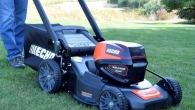
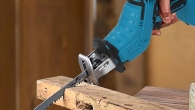
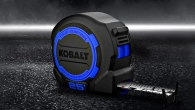
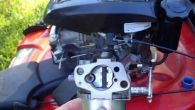
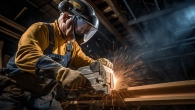
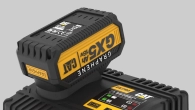
Leave a Reply